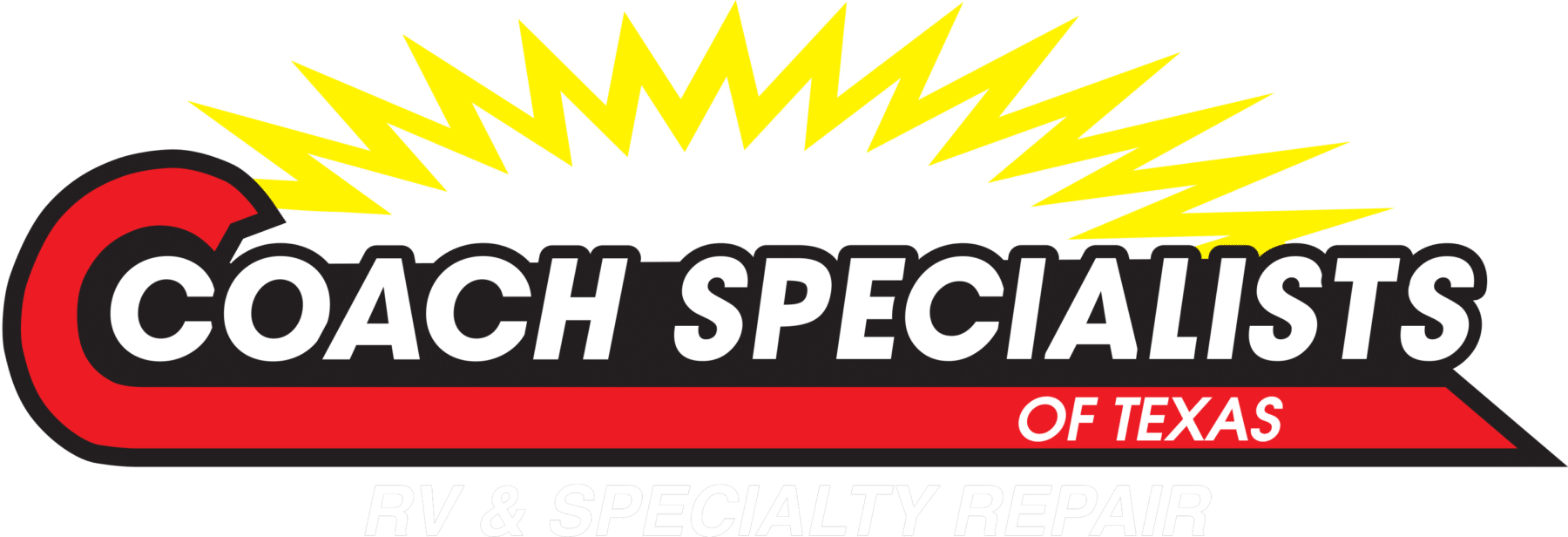LED Light conversions for your RV : Information from a Dallas RV repair shop
RV’ers know that there are two types of RV camping. Hooked up or un plugged. The unplugged variety is also called dry camping
Plugged in camping is great, especially if is ever raining when you’re out RVing. You can still stay cozy warm inside the RV, playing cards, reading a book, or just hanging with family.
But if you’re dry camping, the whole time you will be running on reserve power and that means you’re draining your 12 volt batteries But with Dry camping the concern is always How long will the batteries last until the power runs out? Saving power and any trick or hack you can do will always pay off with extended use of the RV. One easy way for you to extend the life of your batteries by replacing your regular lights with LEDs.
Advantages to switching to LED’s in your RV
You can run 11 LED lights with the same amount of power as one incandescent bulb.
Chances are your RV is full of incandescent bulbs. That makes it a no-brainer to switch out your lights for LEDs. Yes, LED lights cost more than incandescent lights, but they have a 50,000 hour life expectancy. You could leave it on 24/7 for more than five years until it runs out, so that usually means a one-time buy.
Also LED’s are cool to the touch. So no more burning your hands on reading lamps, or other task lighting around your RV. LED’s are very small and you can easily add them to areas where you simply could not run an incandescent bulb due to heat or space considerations.
Amperage saving
Your typical incandescent bulbs use 1.5 Amps to light, while the exact same RV light as an LED only uses 0.1 Amps!
It is possible to find LED bulbs and complete light fixtures that can replace almost any light in your RV. For our customers, replacement lights seem to be the most popular option.
Other considerations:
When it is time to flip your RV to a new owner and upgrade, a change of lights can add real value to your RV.
The proper, safe and artful use of lighting adds to the enjoyment of your RV, both in function and looks. Here are the RV lighting considerations that you should keep in mind:
1. Safety lighting: can you see where you are going?
2. Task lighting: can you see what you are doing – reading, cooking, shaving, sewing, etc.?
3. Mood lighting: do you experience a positive change in mental attitude?
Where to start when planning an LED conversion in your RV
The first thing that we recommend is to consider replacing existing light fixtures that are old and in need of replacement. These will be light fixtures such as wall sconces, chandeliers, vanity lights, reading and map lights. Consider adding lights where none exist. Have you ever thought about adding twinkling rope lights – at your entry, around your cabinets, windows or headboard?
So many of our customers have replaced hundreds of plain, overhead fluorescent lights with more attractive fixtures. This simple change adds personality to every RV while de-cluttering the look of RV ceilings.
The first Led’s were very dim and ultra blue in color. In a short period of time, LED lighting technology advanced and are now brighter, more efficient, more reliable and come in a range of colors.
LEDs are semiconductors, land get their name from their scientific term-light emitting diodes. However they all use a similar rating system and that’s the system you want to understand when you buy a replacement for one of your RV bulbs
Lumens – All LED lights will have a lumens rating which tells you how bright you can expect the bulb to be -the higher the lumens, the brighter the bulb.
Color Temperature – The color temp is usually listed in K (Kelvin). A higher K rating (~5,000K) is blueish-white in color while a lower K rating (e.g. 2,000K) will be yellow-red. Most incandescent lights that you have in the home run around the 3,000K range.
Operating Voltage & Regulation – LEDs are quite sensitive to voltage. Their I-V curve is exponential meaning a small voltage change can produce a very large current change, potentially damaging your expensive LED. In practical terms LED lights really prefer a very constant/steady power source which difficult to produce in an RV. The batteries in an RV go from anywhere from 11V to 14V, depending on charge. So, for RV LED lights you really want to make sure the bulb you buy either has a built-in regulator or states it’s rated to handle a range of input voltages (e.g. 11-15VDC or 8-30VDC). This is one feature that a “cheap” LED bulb might not give you.
